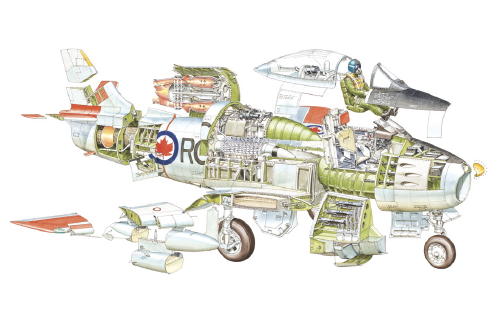Blitzkrieg in the East (September 1939 - October 1939)
Blitzkrieg in the East (September 1939 - October 1939)
 The Invasion of Poland, also known as the September Campaign or 1939 Defensive War in Poland and the Poland Campaign in Germany, was an invasion of Poland by Nazi Germany, the Soviet Union, and a small Slovak contingent that marked the start of World War II. The invasion began on September 1st, 1939, one week after the signing of the Molotov-Ribbentrop Pact, and ended October 6th, 1939 with Germany and the Soviet Union dividing and annexing the whole of Poland.
The Invasion of Poland, also known as the September Campaign or 1939 Defensive War in Poland and the Poland Campaign in Germany, was an invasion of Poland by Nazi Germany, the Soviet Union, and a small Slovak contingent that marked the start of World War II. The invasion began on September 1st, 1939, one week after the signing of the Molotov-Ribbentrop Pact, and ended October 6th, 1939 with Germany and the Soviet Union dividing and annexing the whole of Poland.
The day after the Gleiwitz incident, German forces invaded Poland from the north, south, and west. As the Germans advanced, Polish forces withdrew from their forward bases of operation close to the Polish-German border to more established lines of defence to the east. After the mid-September Polish defeat in the Battle of the Bzura, the Germans gained an undisputed advantage. Polish forces then withdrew to the southeast where they prepared for a long defence of the Romanian Bridgehead and awaited expected French and British support and relief.
The Soviet Red Army's invasion of the Kresy on September 17th, in accordance with a secret protocol of the Molotov-Ribbentrop Pact, rendered the Polish plan of defence obsolete. Facing a second front, the Polish government concluded the defence of the Romanian Bridgehead was no longer feasible and ordered an emergency evacuation of all troops to neutral Romania. On October 6th, following the Polish defeat at the Battle of Kock, German and Soviet Union forces gained full control over Poland. The success of the invasion marked the end of the Second Polish Republic, though Poland never formally surrendered.
|
|
|





 The Invasion of Poland, also known as the September Campaign or 1939 Defensive War in Poland and the Poland Campaign in Germany, was an invasion of Poland by Nazi Germany, the Soviet Union, and a small Slovak contingent that marked the start of World War II. The invasion began on September 1st, 1939, one week after the signing of the Molotov-Ribbentrop Pact, and ended October 6th, 1939 with Germany and the Soviet Union dividing and annexing the whole of Poland.
The Invasion of Poland, also known as the September Campaign or 1939 Defensive War in Poland and the Poland Campaign in Germany, was an invasion of Poland by Nazi Germany, the Soviet Union, and a small Slovak contingent that marked the start of World War II. The invasion began on September 1st, 1939, one week after the signing of the Molotov-Ribbentrop Pact, and ended October 6th, 1939 with Germany and the Soviet Union dividing and annexing the whole of Poland.